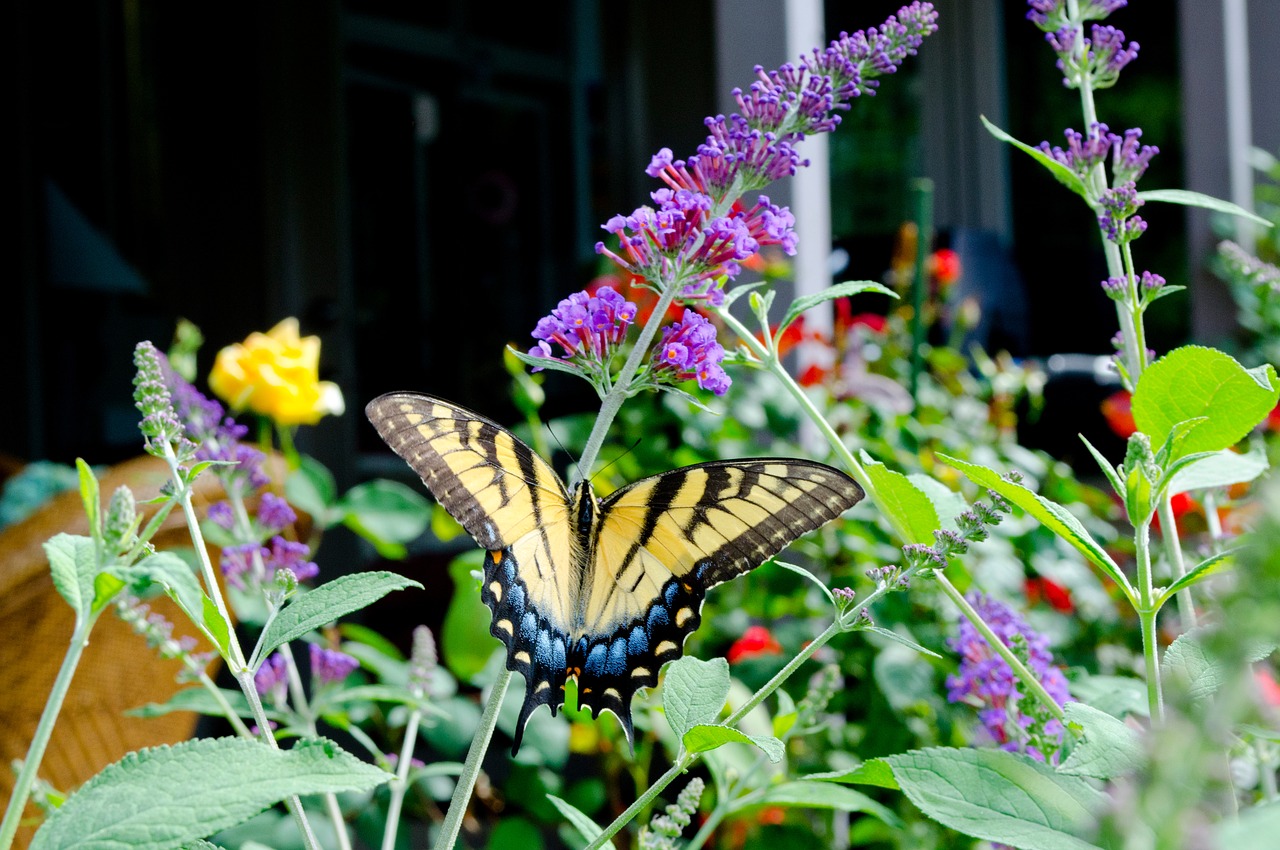
Better Together: Mutualistic Relationships Between Plants and Insects
Plants help protect insects, and insects help plants pollinate and disperse seeds. Learn about some specialized symbiotic relationships that benefit both organisms involved.

Plants help protect insects, and insects help plants pollinate and disperse seeds. Learn about some specialized symbiotic relationships that benefit both organisms involved.
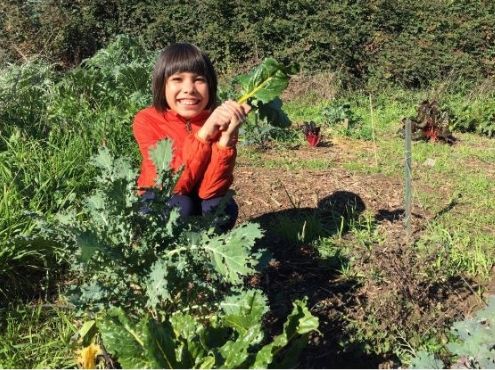
Project Learning Tree schools share lessons teachers learned after starting a class garden.
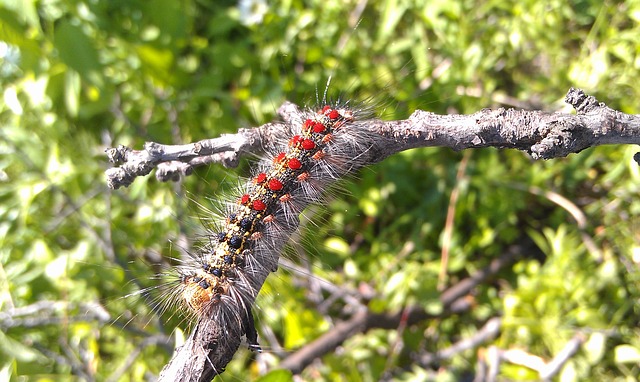
An invasive species is any kind of organism that is not native to an ecosystem and causes harm to the environment, economy and possibly even human health. Lymantria dispar, Asian longhorned beetles, emerald ash borers, and woolly adelgids are among the growing list of invasive insects that threaten U.S. forests and urban landscapes.
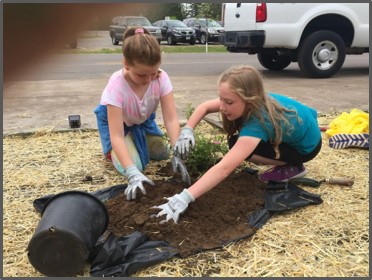
Four teachers share their experiences from students’ GreenWorks! projects to help pollinators with native plant gardens, a bee keeping operation, and constructing bat houses.
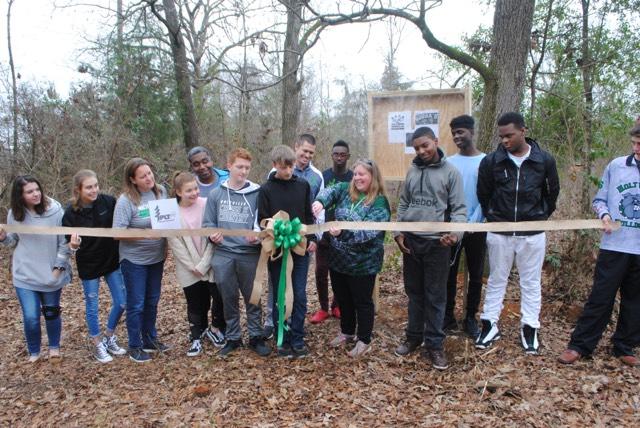
With PLT GreenWorks! grants, students in Alabama, Indiana and Michigan took the lead to restore, design and build nature trails, learning about ecosystems and forest health.
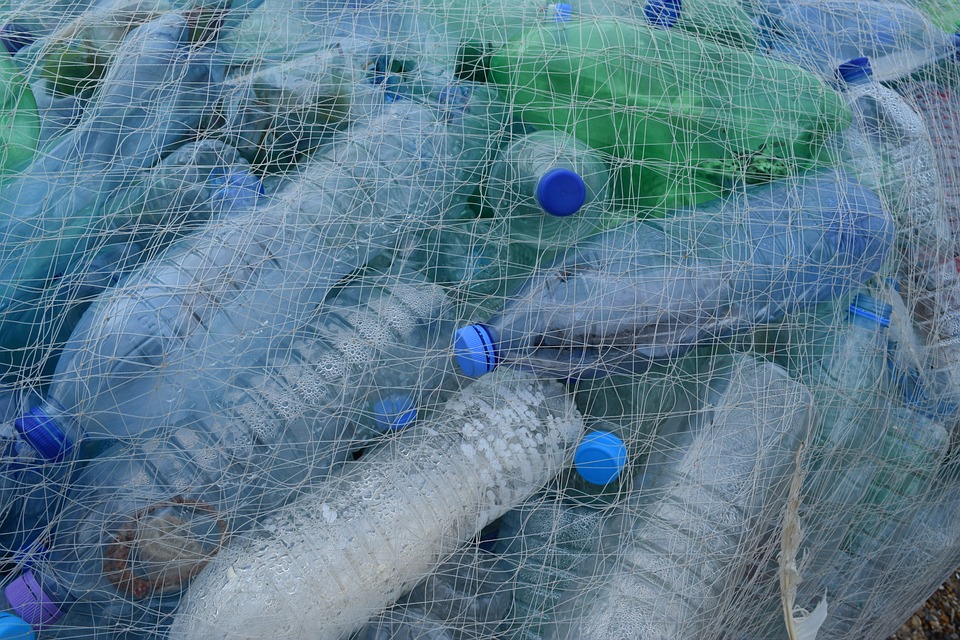
Thirty-two percent of the plastics produced each year flow into our oceans. Here are a few ways you can encourage your students to reflect on how much plastic they use and how they can reduce their plastic consumption to protect the environment.

These experiments, games, and activities can help students in grades K-8 learn about the effect pollution has on the environment and inspire us to make a change.

Celebrate mathematics and all that is Pi using these nature-based and STEM-focused activities.
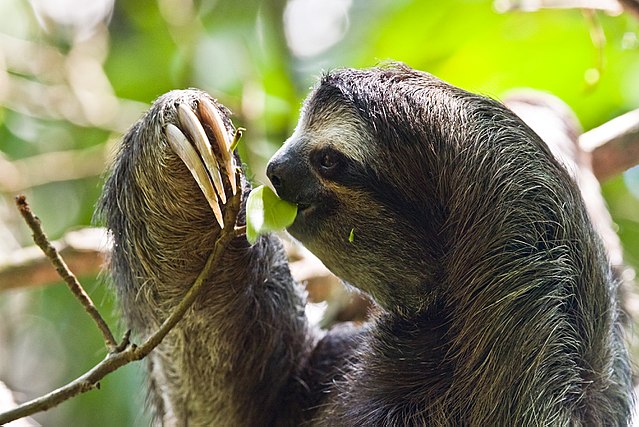
Sloths, koalas, geckos, and opossums have found unique ways to live in tree-tops. Find out how these animals have adapted to life in the tree canopy.
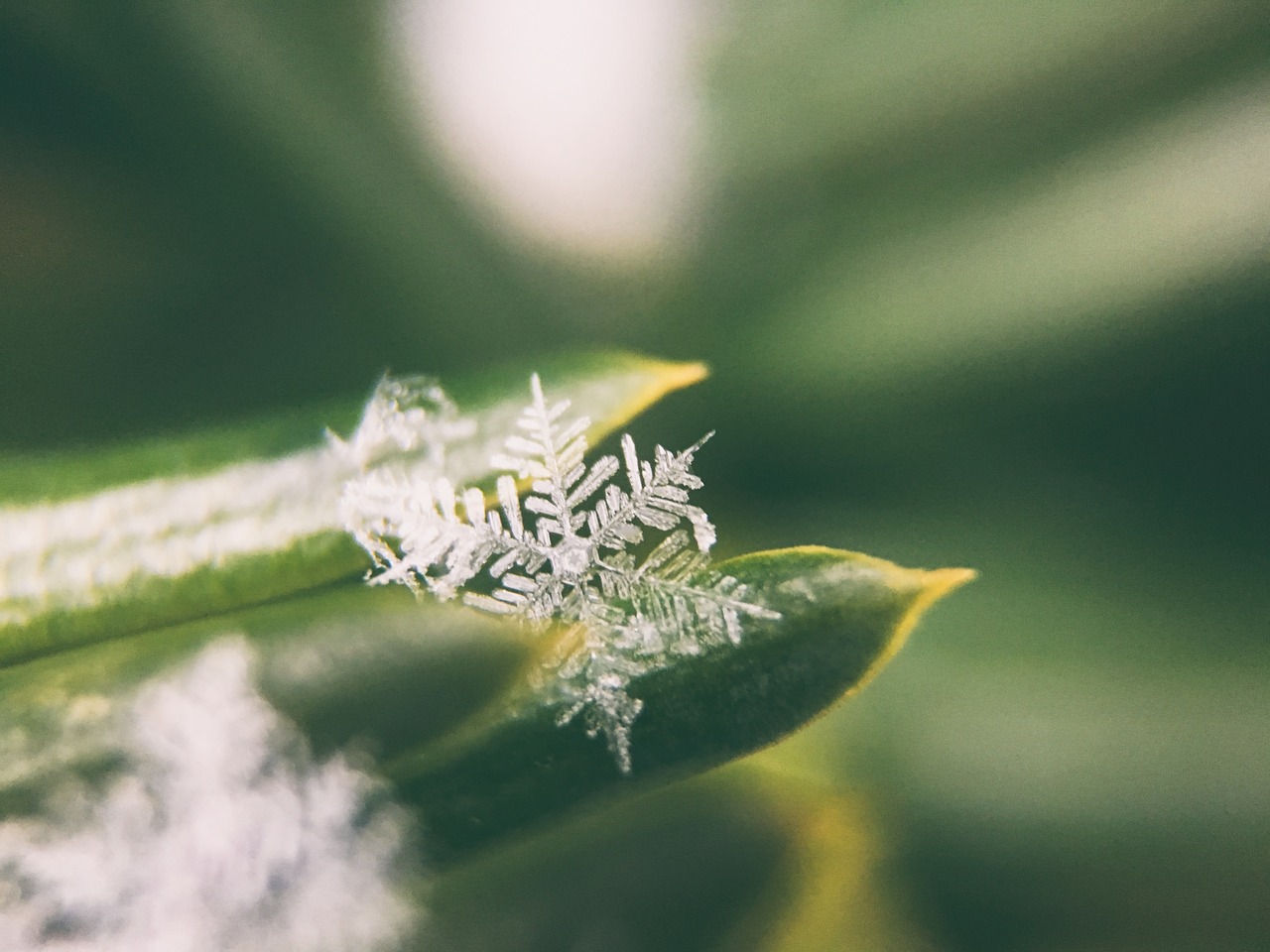
Embrace the cold this winter and have some fun with these hands-on science experiments and activities.